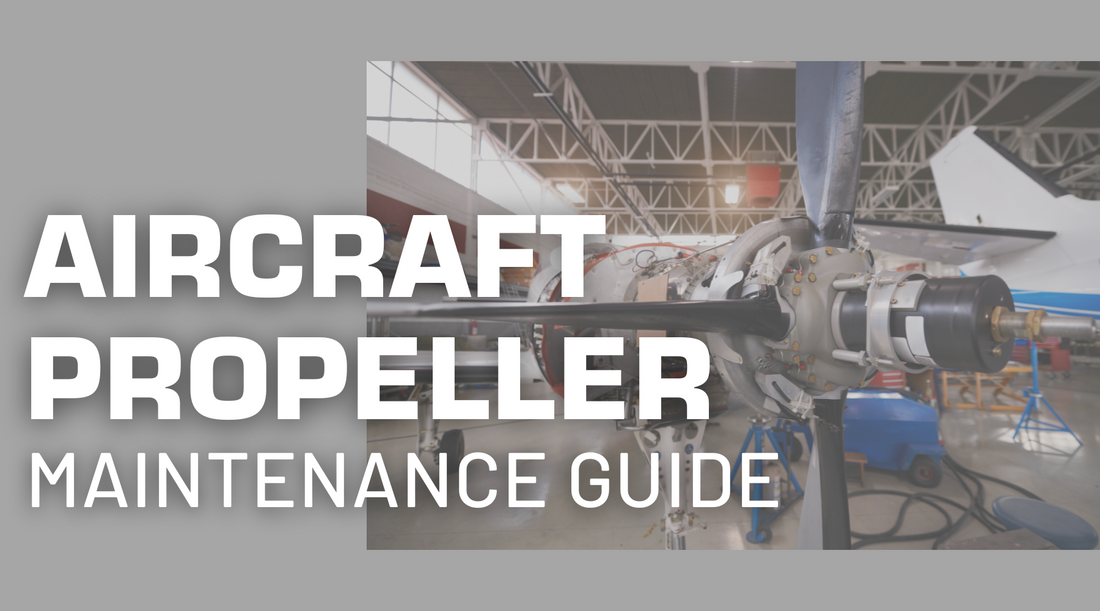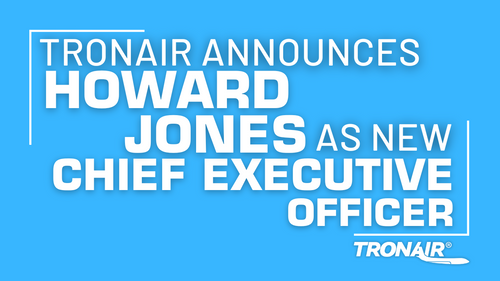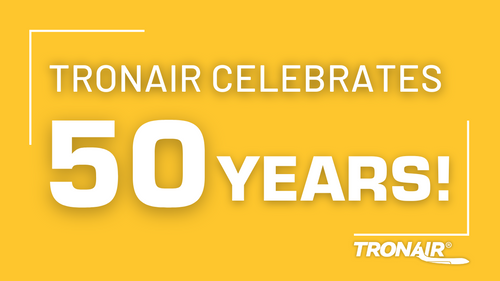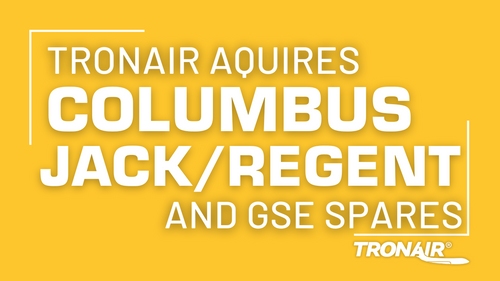
5 Aircraft Propeller Maintenance Tips to Keep Your Blades in Tip-Top Shape
Resources & Technical ArticlesDuring a typical flight, an airplane’s propellers experience 10 to 25 tons of centrifugal force, with blades bending, flexing and contending with near-constant engine power pulses and vibrations. On top of this, debris and caustic chemicals can build up after each flight. In order for a plane to run properly and at peak efficiency under these conditions, it’s imperative to conduct proper aircraft propeller maintenance on a regular basis.
The following aircraft propeller repair and maintenance tips can help to lengthen the life of your propeller blades — saving you unnecessary repair and replacement costs in the long run. Keep in mind that you should always consult your manufacturer’s manual prior to conducting any repairs or maintenance on aircraft propellers.
1. Conduct Pre-Flight Blade Inspections
A visual inspection of the propeller blades should be performed before each flight. Look for warning signs of obvious damage. This can include, but is not limited to, cracks, gouges, nicks, missing hardware or erosion, broken seals, and loose propellers or spinners. If any of these issues are spotted, the plane should not be flown again until the propellers are repaired. Make note of any problems and schedule propeller repairs as soon as possible.
2. Use Proper Propeller Tools For Maintenance
According to the Federal Aviation Administration, minor propeller repairs can be made by appropriately rated maintenance technicians while the propeller is still on the aircraft or if it has been removed. Minor dents, cuts, scars, scratches and nicks may also be fixed, provided doing so does not weaken the blade, alter the weight or balance, or otherwise impair the plane’s performance.
If you are conducting any aircraft propeller repairs or maintenance jobs, it’s imperative that you’re using the proper airplane propeller maintenance tools (and manuals.)
3. Regularly Clean Propellers
While this may seem like a common-sense tip, it’s one that cannot be overlooked. During flights, propellers typically will pick up dirt, pollutants and dead insects — it’s just going to happen. This debris can then build up over time and actually impact the overall performance of your propellers. Because of this, you’ll need to clean any and all propellers after every use.
A simple solution of dish soap and water will easily and gently remove debris from your blades. Be sure to avoid liquid getting down into the propeller hub as this has the potential of damaging the seal. You should always wash your propellers in the down position so the water will run off the ends and away from the seal.
4. Maintain Propellers’ Paint Job
While custom paint jobs and artwork most definitely have an aesthetic purpose, painted propellers are also a safety measure. Propellers need to be painted to ensure visibility of the blades, especially when they’re in motion. Keep in mind that any paint work that could potentially reduce the visibility of spinning propellers is a safety hazard to passengers and pilots and should thus be avoided.
Because of these reasons, it’s crucial to maintain propeller paint schemes through the use of regular touch-ups and repaints. A good rule of thumb is to get a repaint job done during your propellers’ mid-life inspection. While there are no regulations currently in place in regard to custom propeller paint jobs, it’s vital to maintaining a safe environment for both passengers and employees.
5. Balance And Grease Propeller Blades
Propellers should always be properly greased as part of your regular aircraft propeller maintenance. Keep in mind that over-greasing them can throw off the balance of the plane; thus, you should reference the manufacturer’s guidelines prior to greasing the blades.
In addition to this, it’s essential to keep propeller blades balanced statically and dynamically. A static balance by a certified propeller repair station (CPRS) is typically performed during an overhaul, mid-life inspection or paint job. A dynamic balance is conducted while the engine is running. While neither service is required, it is something that you should have done every so often, as it will enable the entire engine to run smoothly.
Bonus Tip: Take Advantage Of Reliable Blade Storage
To prolong the life of your propeller blades, consider utilizing durable aircraft propeller covers and mounts. Reliable slings can help to secure your propellers to avoid damage during storage and handling. And an airplane propeller wall mount can keep your workplace organized and your blades stored and out of the way when not in use.
Let Tronair Keep Your Propellers Spinning Strong
From propeller stands to propeller and blade slings, Tronair has everything you need to keep your fleet in pristine condition and working at optimum efficiency. Be sure to browse our entire selection of industry-leading aircraft propeller equipment.
Looking for professional help for your aircraft? Our strategically placed Service Centers offer maintenance, service and repair options for customers all over the globe. Have a question or need additional information? Contact us today!
























